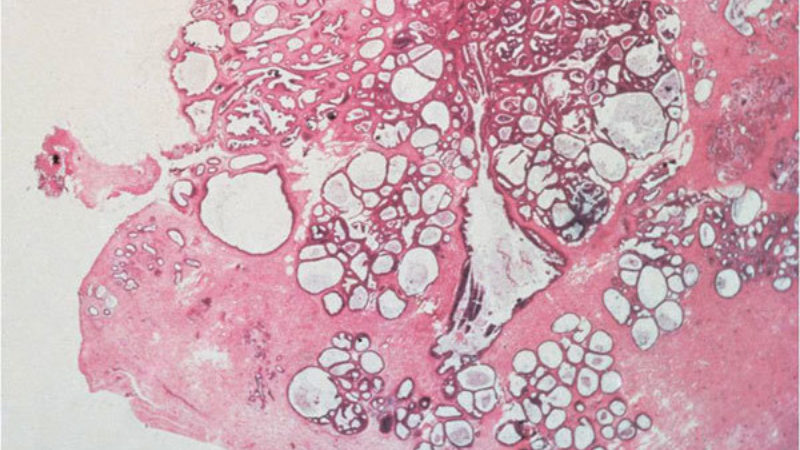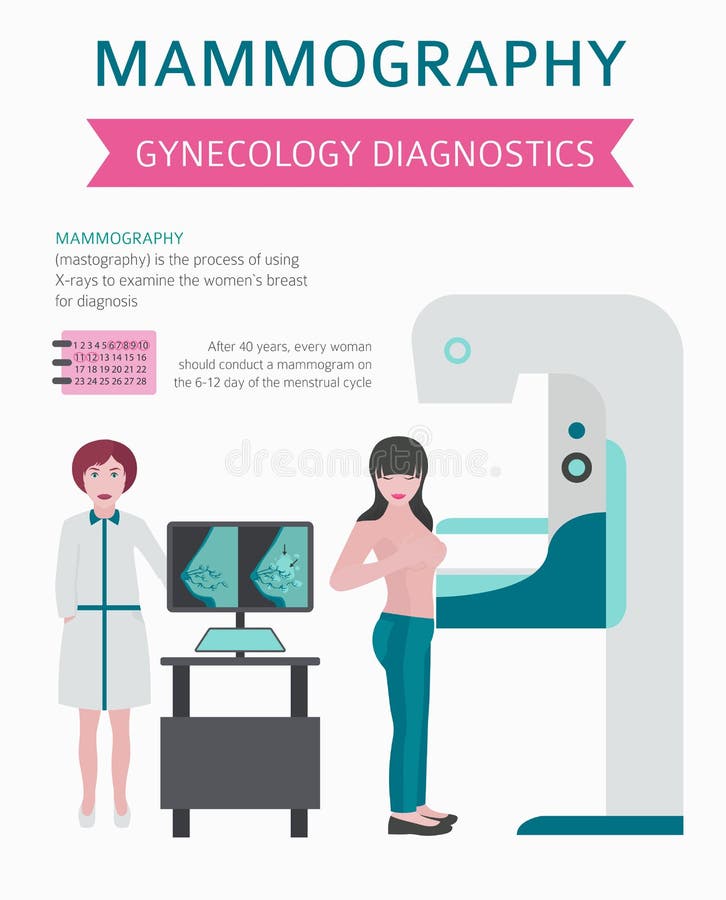

G., Olson, N., Negassa, A., Duggan, C., & Ginsberg, M. Archives of Pathology & Laboratory Medicine, 110, 121. Is ‘fibrocystic disease’ of the breast precancerous? Consensus meeting, New York, October 1985. The New England Journal of Medicine, 353, 229–237. Benign breast disease and the risk of breast cancer. J., Johnson, J., Blake, C., Tlsty, T., Vachon, C. Expert Review of Molecular Diagnostics, 15, 1011–1022. Molecular and diagnostic features of apocrine breast lesions. International Journal of Clinical Practice, 54, 228–232. New England Journal of Medicine, 312, 146–151.įaiz, O., & Fentiman, I. Risk factors for breast cancer in women with proliferative breast disease. Acta Pathologica, Microbiologica, et Immunologica Scandinavica, 120, 249–252.ĭupont, W. Benign apocrine papillary lesions of the breast lacking or virtually lacking myoepithelial cells-potential pitfalls in diagnosing malignancy. Molecular pathology of breast apocrine carcinomas: A protein expression signature specific for benign apocrine metaplasia. Breast Cancer Research and Treatment, 149, 237–244.Ĭelis, J.


Breast cancer risk after diagnosis by screening mammography of nonproliferative or proliferative benign breast disease: A study from a population-based screening program. J., Baré, M., Vidal, C., Natal, C., Sánchez, M., Saladié, F., Ferrer, J., Vernet, M., Servitja, S., Rodríguez-Arana, A., Roman, M., Espinàs, J. Breast Cancer Research and Treatment, 37, 243–251.Ĭastells, X., Domingo, L., Corominas, J. Expression of the estrogen receptor gene in developing and adult human breast. Pathology Annual, 2, 93–111.īoyd, M., Hildebrandt, R. Fibrocystic disease: A continuing enigma.


 0 kommentar(er)
0 kommentar(er)
